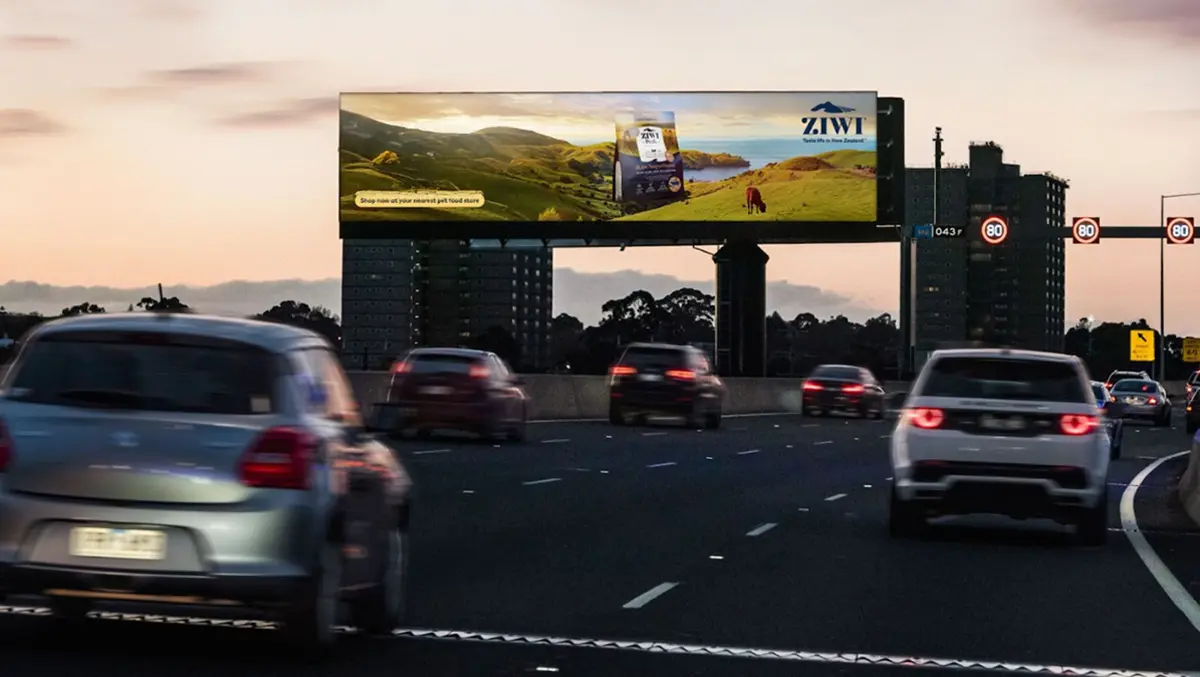
From promise to powerhouse: Five years of programmatic out-of-home growth in New Zealand
This year marks a significant milestone for programmatic digital out-of-home (DOOH) in New Zealand. In just five years, the channel has evolved from a promising innovation to a proven and powerful part of the digital marketing mix. The transformation has been remarkable, not only in scale but also in the sophistication of how brands are using the medium to connect with audiences.
According to the latest IAB New Zealand Market Barometer survey, programmatic DOOH has entered a new era of maturity. The market has expanded rapidly in both infrastructure and adoption, attracting a wider range of advertisers and shifting buying behaviours in ways that signal a long-term, sustainable future for the channel.
Unprecedented growth in scale and reach
In 2020, the number of programmatically enabled DOOH screens across New Zealand stood at just 226. Today, that figure has soared to more than 3,700. This physical expansion has been accompanied by an even more dramatic increase in audience exposure, with monthly impressions leaping from 79 million to 1.5 billion over the same period.
The growing availability of inventory is matched by rising demand. Five years ago, only a handful of advertisers were experimenting with programmatic DOOH. Today, more than 50 brands are running campaigns every month, representing industries from retail and automotive to travel and government. This growth is a clear signal that the channel has moved firmly into the mainstream, becoming a trusted way to deliver reach at scale with measurable results.
A shift towards data-driven buying
Alongside the surge in scale has been a decisive shift in how the channel is being bought. Legacy buying models such as share of voice are giving way to audience and impression-based transactions, reflecting a greater appetite for accountability, precision and flexibility. Advertisers are increasingly leveraging data to ensure that every dollar spent is directed toward the right audience at the right time.
Brand-owned first-party data is emerging as a preferred input for campaign planning, reflecting a shift from passive targeting based on consumer actions to more proactive strategies rooted in understanding consumer desires. By integrating their own audience insights into programmatic DOOH, marketers can design campaigns that not only reach but truly resonate with their intended audience. This aligns with broader digital advertising trends, while offering the distinct advantage of engaging people in high-impact, real-world environments.
Creative innovation and the road ahead
While static creative remains the dominant format, the appetite for more dynamic executions is growing rapidly. The IAB survey shows a third of buyers plan to adopt formats such as dynamic creative optimisation, video and HTML. These capabilities open up new creative possibilities, allowing brands to deliver contextually relevant, real-time messaging that captures attention and drives engagement.
Looking ahead, the trajectory for programmatic DOOH is clear. With its ability to combine the precision of digital targeting with the scale and impact of out-of-home, the channel is expected to become the dominant method of buying DOOH in New Zealand within the next five years. This growth will be fuelled by continued investment in data, measurement and creative innovation, making it one of the most agile and results-oriented channels in the media landscape.
The story of programmatic DOOH in New Zealand is one of rapid evolution and limitless potential. As brands continue to embrace its unique strengths, they will be well positioned to create campaigns that are not only seen but remembered.

